Inadequate Teaching Methods
Teaching coding can be challenging, but it doesn’t have to be boring. By using practice-based teaching with real-life examples, instructors can keep students interested and motivated. It’s crucial to provide examples that match the students’ skill level.
Lack of Interest
Not all students are enthusiastic about coding, but that doesn’t mean they can’t enjoy it. By starting with easy questions and gradually progressing to more complex ones, instructors can capture students’ attention. Visual programming languages like SCRATCH can help beginners grasp the basics before moving on to traditional coding.
Fear of failure
Coding can be intimidating, but with the right mindset, students can overcome their fears. Encouraging them to make mistakes, be persistent, and think systematically can build their troubleshooting skills. Immediate feedback on incorrect code helps students learn from their mistakes and become stronger coders.
Lack of Interaction
Theory alone is not enough to understand coding. Students need practical applications to truly grasp its concepts. By offering interactive online courses that allow instructors to review code and track progress through data analysis, students can see the real-world applications of coding and be motivated to explore beyond the basics.
Lack of Supportive Environment
To prevent discouragement, students need support from their teachers and peers. A supportive classroom environment with access to resources, tutorials, and timely feedback is crucial for their engagement and growth. With online support available, students can receive assistance alongside their regular classes.
What's next?
Discover the joy of coding with CodeMode. Our practice-based courses, coupled with prompt support, make learning a breeze. We teach you the step-by-step thinking process to break down problems into manageable parts. Real-life examples ensure concepts stick. Experience the power of practice and give coding a try today.








